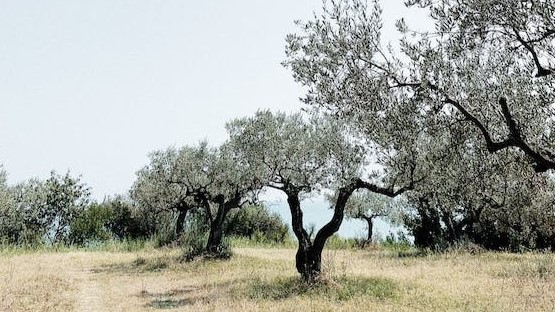FOX (Food in a box) aims to rethink the way we process food. The project values sustainability and health while focussing on meeting consumer expectations towards local, qualitative foods. To achieve this, FOX uses mild processing technologies, such as drying technologies. The use and advantages of drying technologies are explained in this article.
Drying food is as old as humanity itself. Already primitive people noticed, perhaps by accident, that dried meat and fruit are more durable. Thus, drying can be regarded as one of the oldest methods of preservation. The beneficial influence of this process on food durability results from the reduction of water content and availability, which limits the possibility of microbial growth and the occurrence of unfavourable physicochemical transformations leading to spoilage. The drying process also changes the form of the food, making it possible to obtain lightweight material, often in a brittle or powdered form, which creates new possibilities for applications.
Initially, drying was carried out using natural methods (drying in the sun) and also with the aid of fire energy. However, the natural method is still used today in areas with a suitable climate. Subsequently, drying machines began to be developed, which usually used a stream of hot air for heating. The product must be heated in order for the water to evaporate and the water must move inside the product to its surface.
Materials that can be dried
Currently, drying is the unit operation with the greatest diversity in terms of equipment design and process methods. There are different heat sources, but also different materials to be dried. The following can be dried: solids (e.g. fruit, vegetables, meat), liquids (e.g. milk, juices), grains/crystals (e.g. cereal grains, sugar), materials with a high sugar content (e.g. honey, fruit concentrates). More than 100 types of dryers, or drying methods, have been developed and the list is still open due to the ever significant challenges, changing consumer demands and environmental requirements.
What are the biggest challenges when drying food?
The most common challenges are in particular:
- The need for drying to be carried out at the lowest possible temperature. Food products are usually sensitive to elevated temperatures due to the presence of many ingredients with high nutritional value (e.g. vitamins, antioxidants). Therefore, although heat is needed to evaporate the water, it should be done at as low a temperature as possible.
- The high energy requirement during drying is due to several factors. The first is the high heat of vaporisation of water. The second factor is that water is “hidden” in the food product and must first move to the surface and only then evaporate, which increases the drying time and therefore the time during which heat must be supplied. Thus, reducing the drying time is often the overriding objective when choosing the drying method and parameters, as it makes it possible to reduce energy consumption and contact time with elevated temperatures (provided that the time reduction is not achieved by increasing the temperature).
DRYING TECHNOLOGIES
The most common way of drying food is convective drying, in which heat is supplied by a stream of hot air. Shortening the drying time in this method can be achieved by reducing the pressure or using additional heat sources such as microwaves or infrared radiation:
- In reduced pressure drying, the boiling point of water decreases, this allows the drying temperature to be lowered. In addition, lowering the temperature reduces the risk of cracks or other damage to the material’s structure, and prevents the material’s surface from hardening (forming “crusts”).
Thus, the dryer has better properties than after traditional convection drying at a higher temperature. As a result of removing part of the air from the drying chamber, oxidative processes are also slowed down, as a result of which the dried product has a higher nutritional content, including vitamins, and fewer colour changes compared to the raw product.
- Convection-radiation drying uses the energy of infrared radiation to heat the raw material. The product surface is heated directly, without heating the surrounding air, while the evaporating water is collected by the flowing air. The undoubted advantages of this method include shorter drying time and it allows to have an even moisture profile in the product and thus reduce the factors that can lead to damage to the material structure and cracks. In addition, the reduction in air flow reduces oxidation changes of components sensitive to oxidation (e.g. carotenoids, chlorophyll) and also reduces heat loss through the flowing air.
- Microwave drying uses electromagnetic radiation energy. The temperature inside the product is highest, while it is lower on the surface. As a result, moisture migrates quickly from the interior of the dried particles to the surface. On the other hand, water is removed from the surface by the flow of warm air. Particularly interesting results may be obtained in microwave drying under reduced pressure. The so-called puffing effect occurs, i.e. blowing up of the dried material due to the formation of water vapour inside the product particles. Thus, the material does not decrease in volume during drying, as is the case with conventional drying, and has much better rehydration properties.
Inside the FOX project, partners from the Food Circle 2 focus on studying how drying technologies can be used to produce fruit and vegetable dry snacks. Find out more about what they are doing.

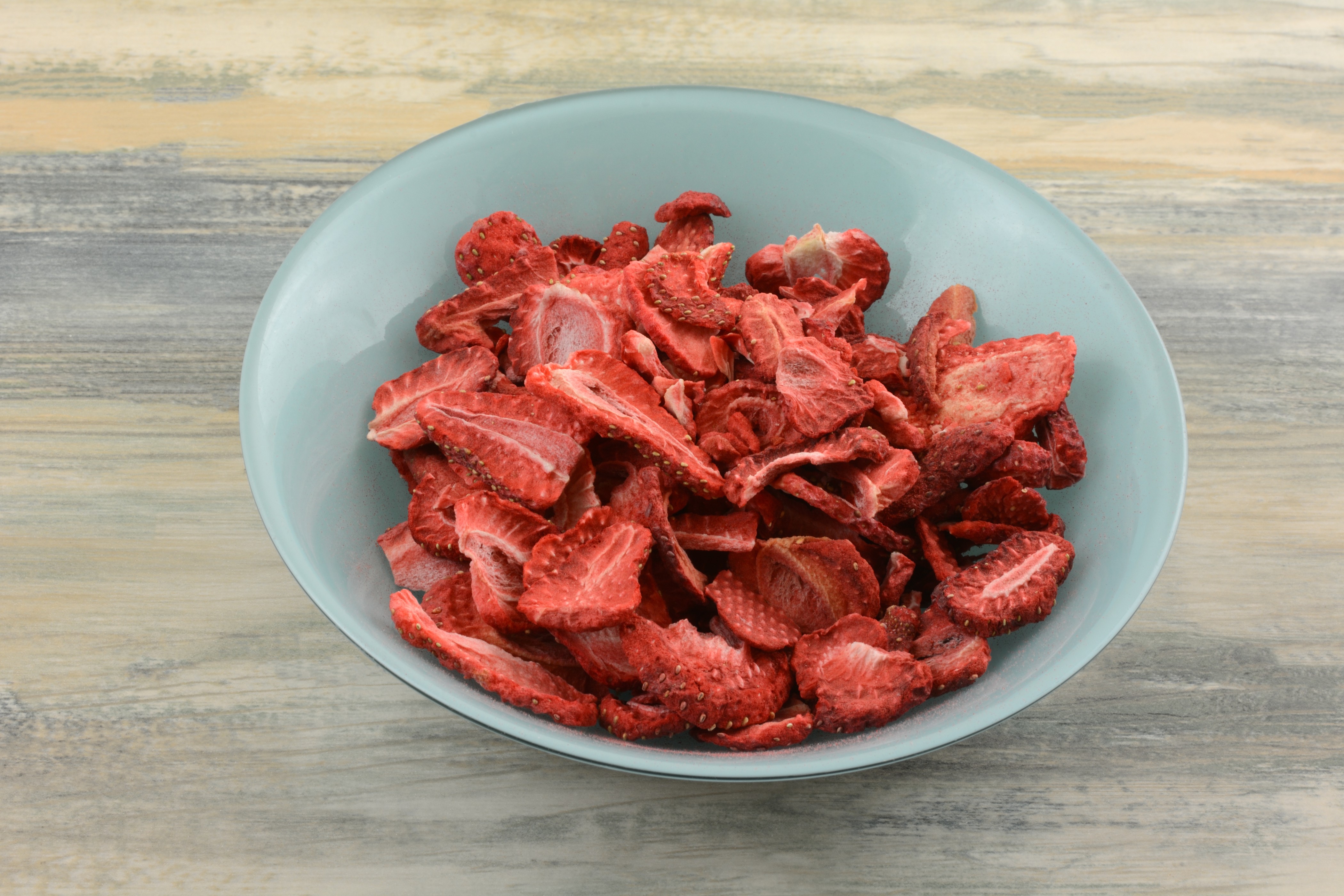
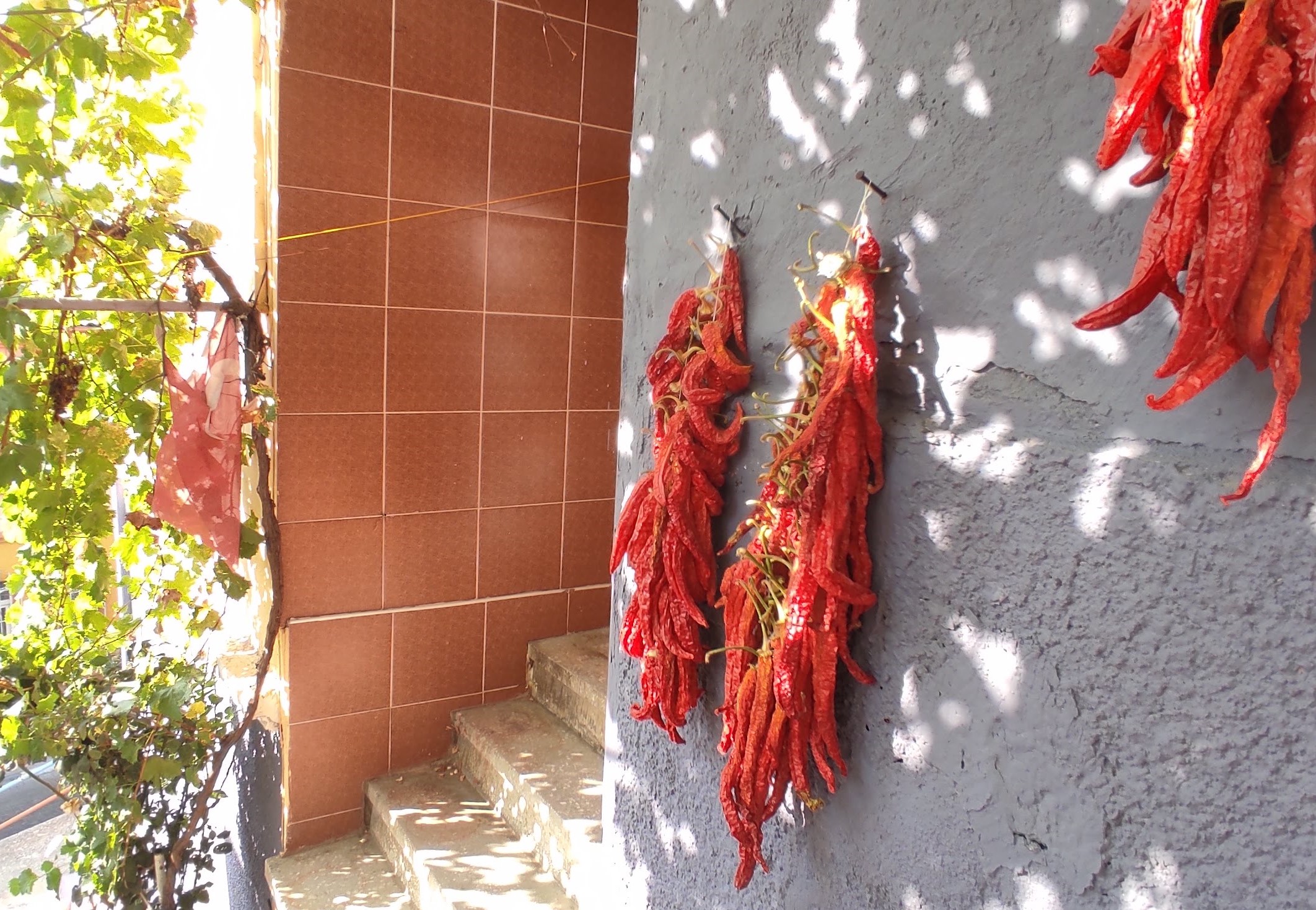
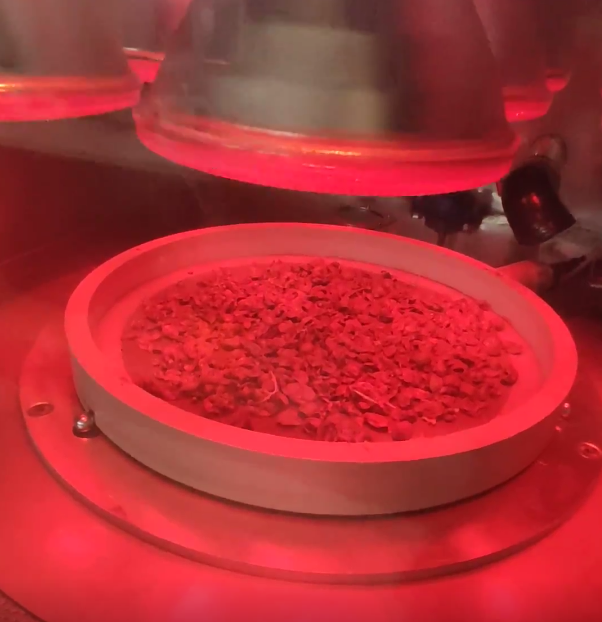
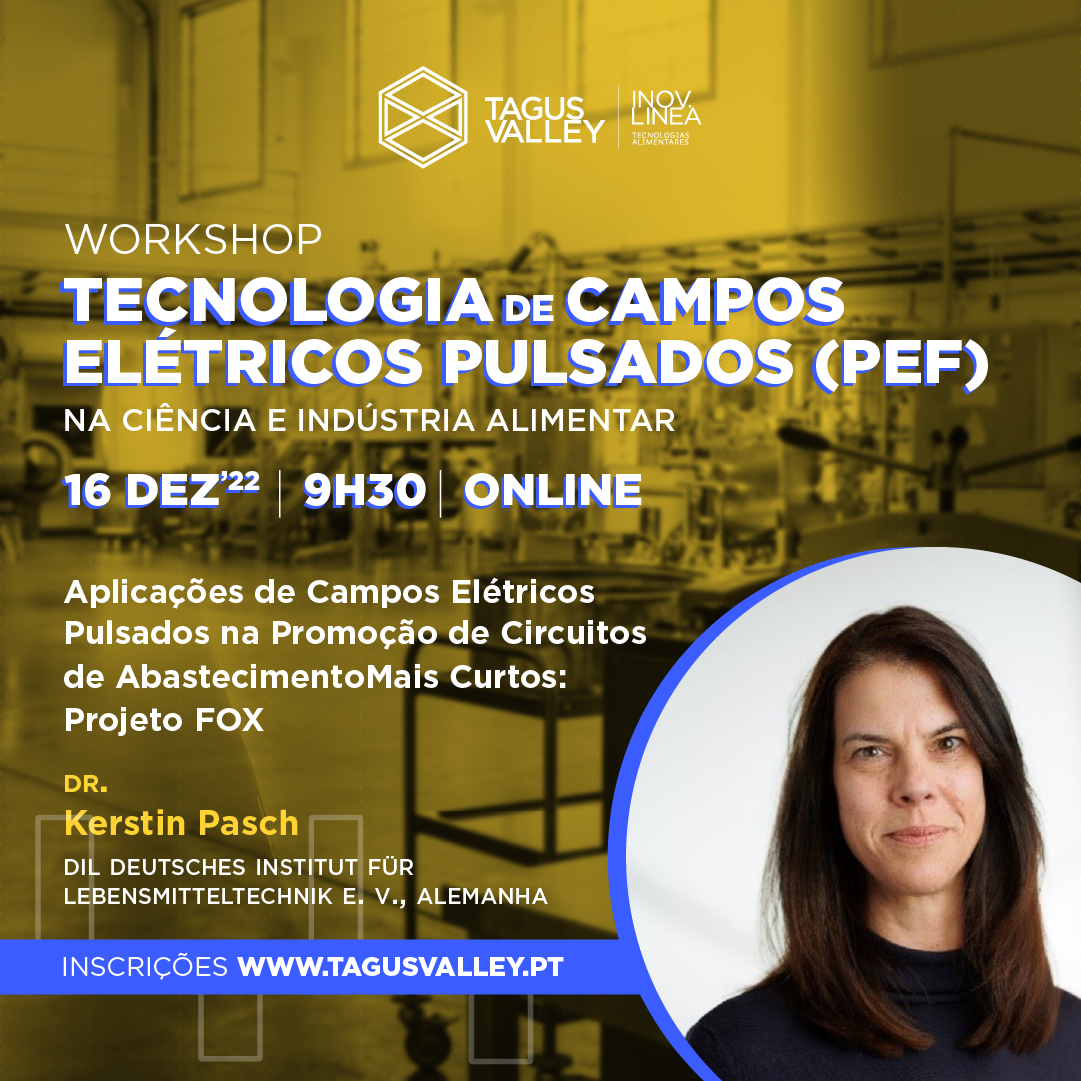
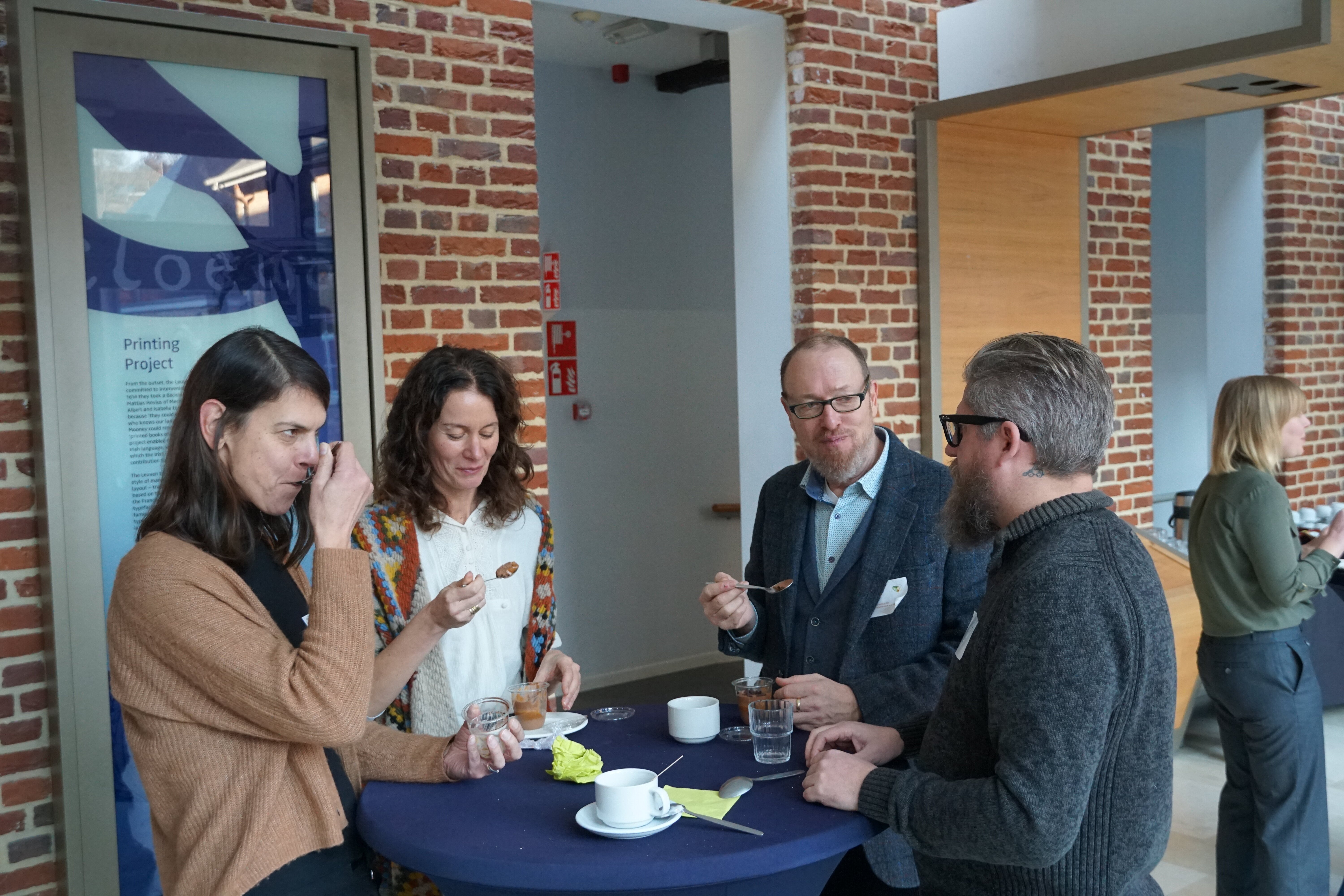

![FOX at FI [Food Ingredients] Europe](https://www.fox-foodprocessinginabox.eu/wp-content/uploads/2022/12/Screenshot-2022-12-13-131707.png)
